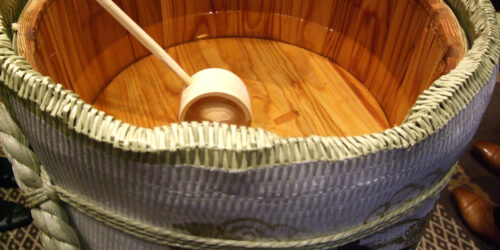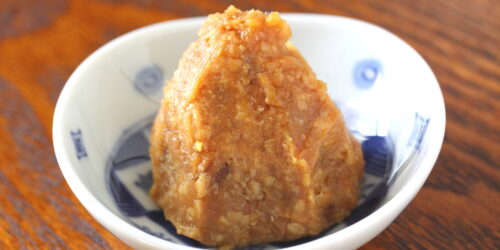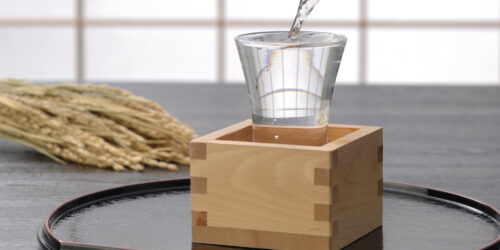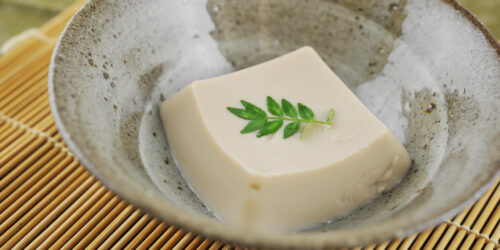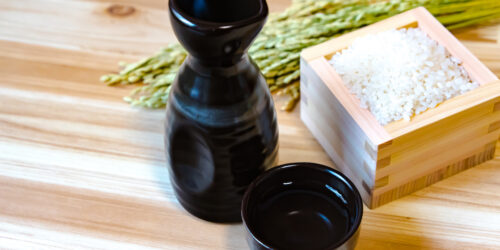What Is Buddhist Vegan Cuisine (Shojin Ryori)?
What Is Shojin Ryori?
It can be translated into “Buddhist cuisine”. As the name says, it’s a diet that had created for monks to get the minimum nutrition required because they had strictly regulated themselves based on Buddhist precepts: Do not kill, avoid worldly desires.
Each Buddhist cuisine has developed differently in a long history of Buddhist countries including Japan, China and Korea.

It’s said that the technique and repertoire of shojin ryori had expanded around Zen Buddhism. It’s also said that detail-oriented discipline, for example, contents of the dish and cooking process had been established as part of the training.
I would like to introduce one example of the discipline here. This had taught by the founder of Soto Zen.
・Shojin ryori has to consist of the five taste which are sourness, bitterness, sweetness, pungency, and saltiness. Most importantly, you have to finish the cuisine with “light taste”.
・Shojin ryori has to bring out the original taste of vegetables by using the five methods which are boil, bake, steam, fry, raw.
・Shojin ryori has to consist of the five colors which are red, white, yellow, blue, and black.
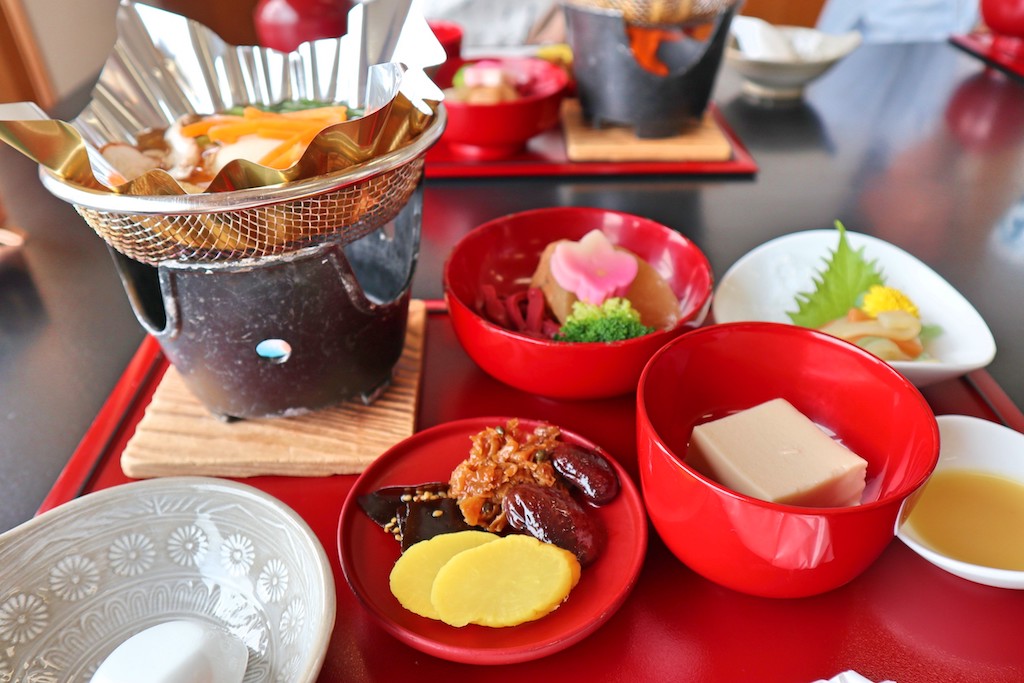
What’s the Difference Between Shojin Ryori and Vegan/Vegetarian Cuisine?
Their common point is that all of them do not use animal-based materials.
However, the original idea is different. In other words, shojin ryori had been born from Buddhist precepts, while vegan/vegetarian avoid using animal ingredients for health, religious and ethical reasons.
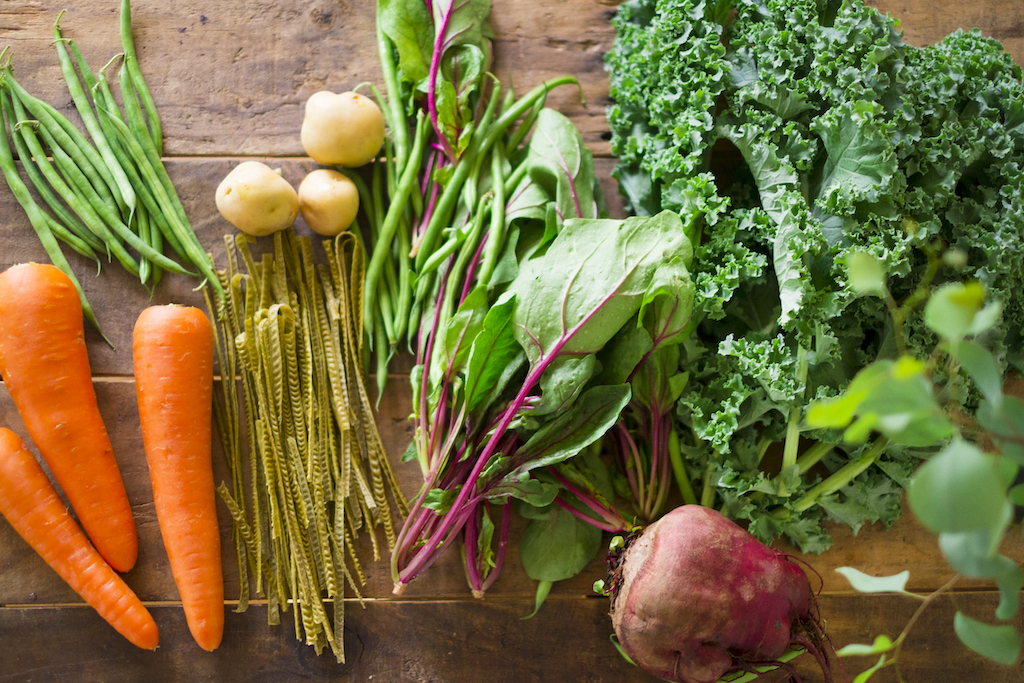
I want you to know that the eatable ingredients of shojin cuisine differ depending on the era, country, region, and denomination. For instance, meat is allowed to eat in some of shojin ryori, and even vegetables that can be eaten by vegan/vegetarian are not allowed to eat in some of shojin ryori.
Ingredients to Avoid in Shojin Ryori
Animal-based Materials
Generally, shojin ryori in Japan doesn’t use animal-based materials including meat, fish, egg, milk, and cheese.
Also, you have to make dashi (soup stock) without using those materials.

Vegetables with Strong Flavor
You should avoid using vegetables with strong flavor too, for example, garlic, green onion, Chinese chive, onion, and rakkyo.
It’s because those ingredients could prevent you from tasting the light taste of shojin ryori which is very crucial part of it.
Please note that interpretations about this topic differ depending on the denomination and era.
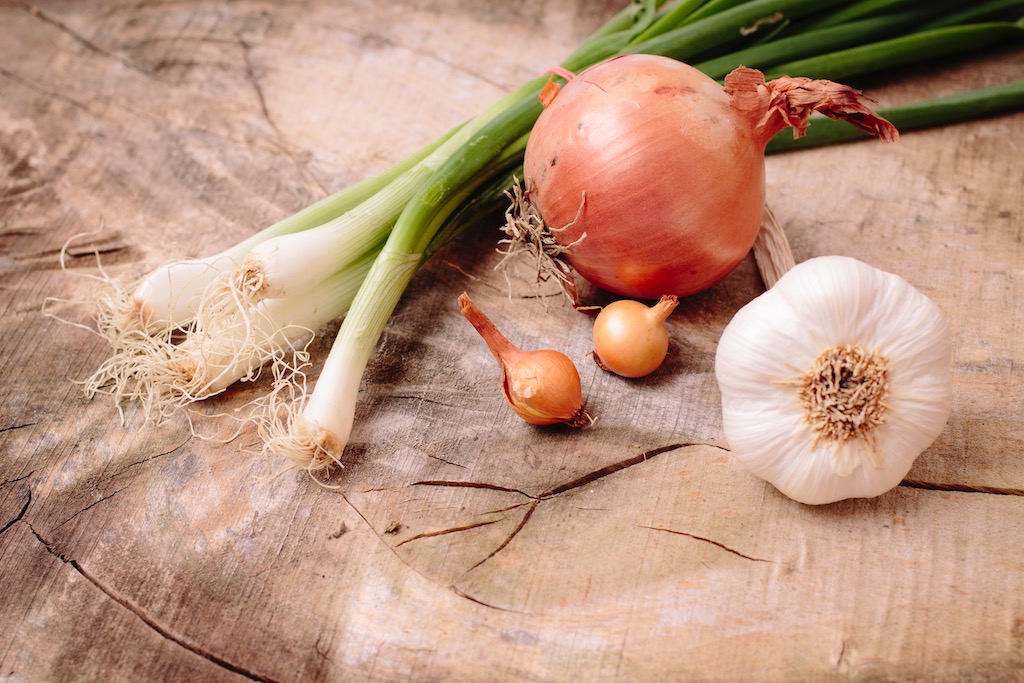
Typical Shojin Ryori in Japan
You can actually eat shojin ryori at many restaurants or temple in Japan. You can even make some at home!
Here, I would like to introduce several well-known shojin ryori in Japan.
Kenchin-jiru (Japanese Tofu and Vegetable Chowder)
You can put any vegetables, mushrooms, and tofu. The taste is light but has great flavor of shojin dashi and a little soy sauce. Dashi has to be made from plant-based materials such as kombu and shiitake mushrooms. Also, you should avoid using green onion and ginger as a condiment.
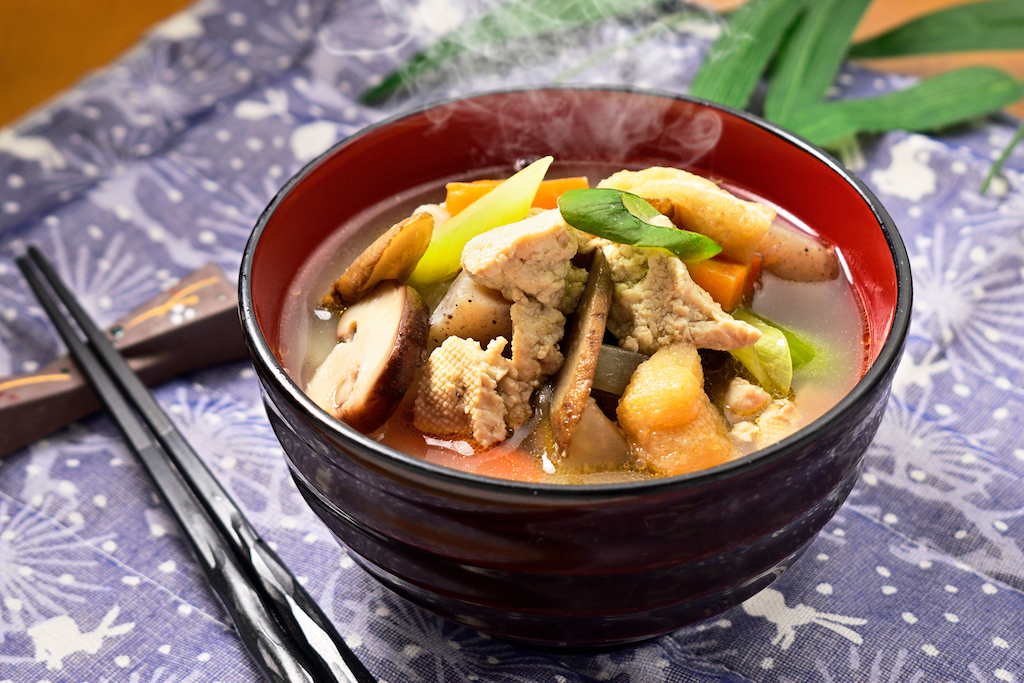
Sesame Tofu
It’s in the form of tofu but totally different from tofu. The raw materials are sesame paste, kudzu (arrowroot) starch, and kombu dashi. It’s made by mixing those and chilling like tofu.
It has great flavor of sesame and really smooth texture. It’s said that carefully kneading sesame was a very difficult task in the past, but that was also part of the training.
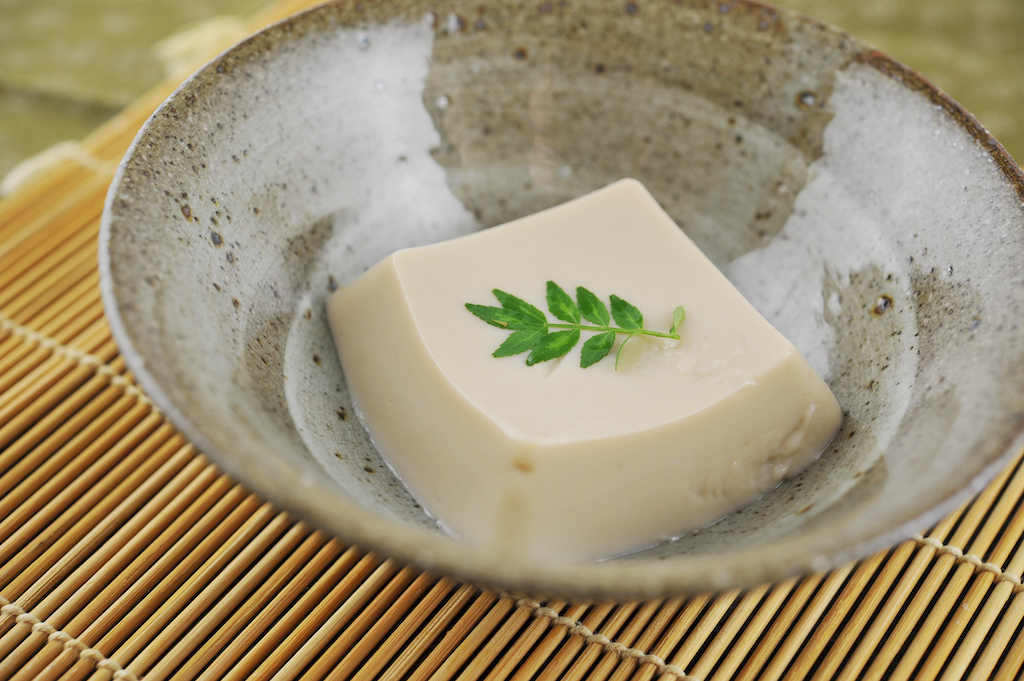
Yuba
Many restaurants in Kyoto that handle shojin ryori had developed along with the temples. Tofu skin called “yuba” has been very famous and popular around Kyoto as one of the dish in shojin ryori.
What Is Yuba (Tofu Skin) and How Is It Used?
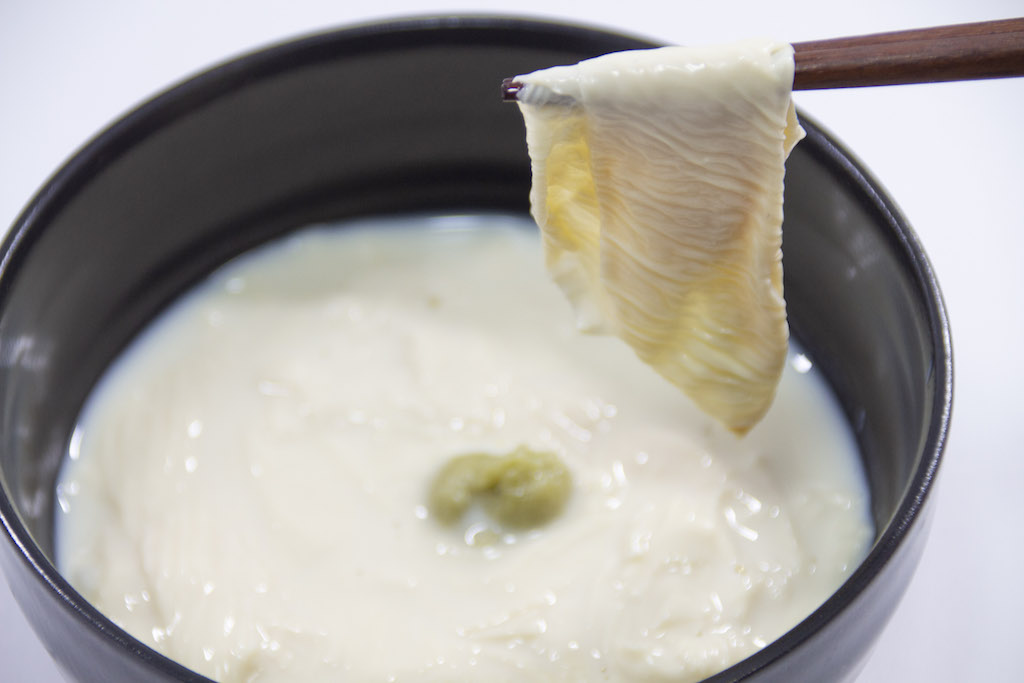
Ganmodoki
Ganmodoki is made by deep-frying round molded tofu made of drained tofu, grated yam paste, carrot, shiitake mushrooms, kombu, etc.
It had been originally made as a substitute for meat in shojin ryori. It’s thick and juicy after simmering it with delicious soup.
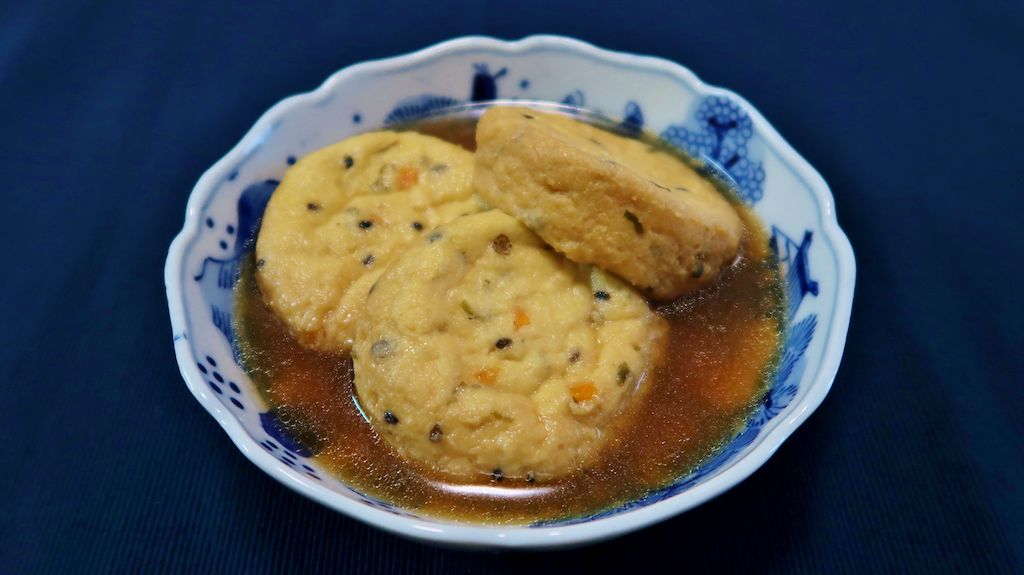
Wheat Gluten
Wheat gluten cake is called “fu” in Japanese. It’s dry and light before cooking, but becomes very juicy by putting in soup dishes. I like to put it in miso soup. Some people like to put it in stir-fried dishes, and it can be a substitute for meat.
What Is Wheat Gluten in Japan?
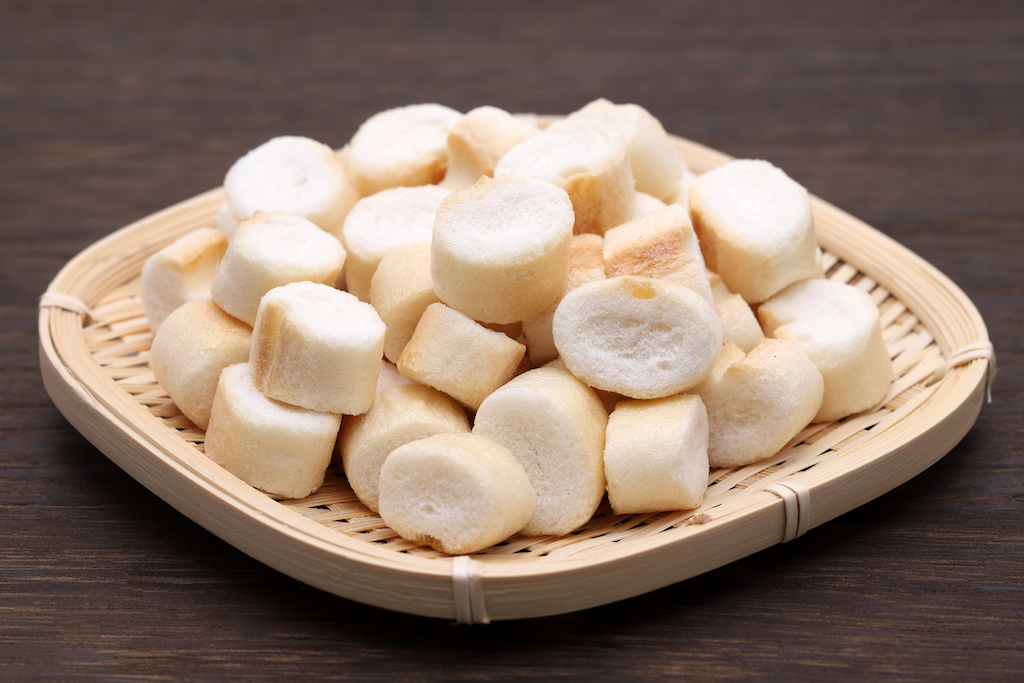
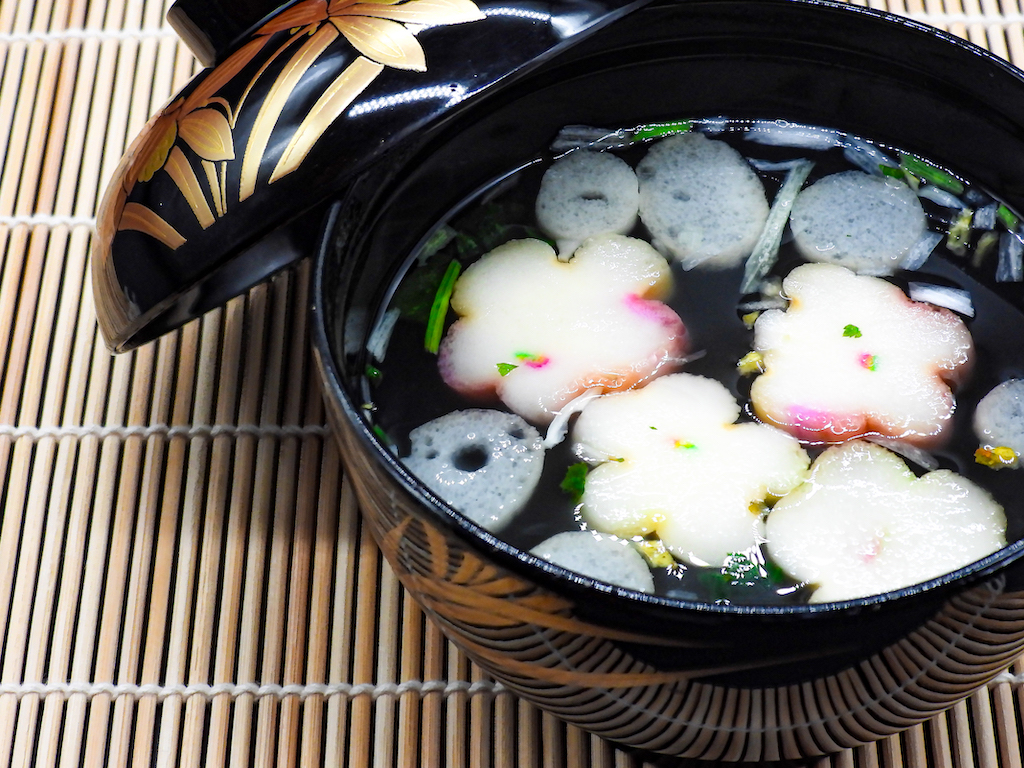
How was the world of Buddhist cuisine?
If you are interested in making shojin ryori at home, why don’t you make shojin dashi (soup stock) for the first step?
The Best Vegan Soup Stock Recipe (Shojin Dashi)
And if you are visiting Japan, please try to visit some restaurant or temple that is serving real shojin ryori!

